Arylic released a new product, the B50 Bluetooth amplifier, on January 15th. The B50 supports both Bluetooth transmitter and Bluetooth receiver functions and was made available for pre-order, achieving great results. Arylic would like to express their sincere gratitude to their users for their support and trust. The B50 is Arylic's first high-performance Bluetooth amplifier that offers great value for its price. This article will focus on the related issues concerning Bluetooth receiving and transmitting.
To use the B50 Bluetooth amplifier as a Bluetooth transmitter, connect the B50 to the device you want to transmit using an audio cable. Then, press and hold the pairing button on the B50 until the LED indicator flashes rapidly. The B50 will now enter pairing mode. Turn on the Bluetooth on your receiving device and search for available Bluetooth devices.
First, to use the B50 Bluetooth amplifier as a Bluetooth receiver, ensure that the device you want to connect to is in pairing mode. Then, press and hold the pairing button on the B50 until the LED indicator flashes rapidly. The B50 will now appear in the list of available Bluetooth devices on your source device.
Please note that the range of the B50 Bluetooth amplifier may be affected by obstacles such as walls or other electronic devices. It is recommended to keep the B50 and the paired device within a range of 10 meters for optimal performance.
Arylic Bluetooth Transmitter
What is a Bluetooth transmitter?
A Bluetooth transmitter is a device that can send audio or other data wirelessly to another Bluetooth-enabled device. It converts analogue or digital audio signals from a source device, such as a TV or stereo system, into a Bluetooth signal that can be transmitted to a Bluetooth-enabled speaker, headphones, or other receiving device.
Bluetooth transmitters typically connect to the source device via a wired connection, such as an RCA or AUX cable, and then use Bluetooth technology to send the audio signal to the receiving device. This allows you to stream music or other audio content wirelessly from your source device to your Bluetooth-enabled speakers, headphones, or other devices.
Bluetooth transmitters are commonly used to enhance non-Bluetooth devices' functionality or extend the wireless range of existing Bluetooth devices. They are also a popular solution for watching TV or movies without disturbing others, as they allow you to transmit audio wirelessly to Bluetooth headphones or speakers without cables.
What does a Bluetooth transmitter do?
A Bluetooth transmitter is a device that enables you to wirelessly transmit audio or other data from a non-Bluetooth-enabled device to a Bluetooth-enabled receiver. It works by converting the analogue or digital audio signal from the non-Bluetooth device into a Bluetooth signal that can be transmitted to a Bluetooth receiver, such as headphones, speakers, or a smartphone.
The Bluetooth transmitter connects to the non-Bluetooth device using a wired connection, such as an RCA or AUX cable and then pairs with the Bluetooth receiver. Once paired, the transmitter will wirelessly send the audio signal to the receiver, allowing you to enjoy your audio content without needing cables.
Bluetooth transmitters are commonly used to upgrade non-Bluetooth devices, such as older TVs or stereos, to become Bluetooth-enabled. They can also extend the wireless range of existing Bluetooth devices, such as smartphones or tablets, by transmitting the signal over a longer distance.
Bluetooth transmitters provide a convenient and simple way to enjoy your audio content wirelessly without compromising on sound quality.
What is the best Bluetooth transmitter for music?
Here are some features to consider when looking for the best Bluetooth transmitter for music:
Audio Quality: Look for a Bluetooth transmitter that supports high-quality audio codecs such as aptX, aptX LL, or AAC, which can provide a better audio experience.
Range: Consider the range of the Bluetooth transmitter, especially if you plan to use it in a large room or a different room from the receiver.
Connection Options: Look for a Bluetooth transmitter that offers multiple connection options, such as RCA, AUX, or optical, to ensure compatibility with various devices.
Based on these features, the last option for the best Bluetooth transmitter for music should be B50 Bluetooth Stereo Amplifier With Audio Transmitter.
Will a Bluetooth transmitter work on any TV?
A Bluetooth transmitter can work with any TV with an audio output, such as a headphone jack, RCA ports, or an optical output. However, it's important to check the specifications of the Bluetooth transmitter and the TV to ensure compatibility.
If your TV does not have an audio output, it may still be possible to use a Bluetooth transmitter with an HDMI or USB port. Still, you would need to purchase an additional adapter or converter to convert the signal from the TV to an audio output that the Bluetooth transmitter can use. Fortunately, the Arylic B50 Bluetooth amplifier has multiple audio input interfaces, supporting HDMI and USB input.
It's important to note that some older TVs may not support Bluetooth connectivity or may have limited audio output options. In this case, consider purchasing a newer TV or upgrading your audio setup to a more modern system that supports Bluetooth connectivity.
Overall, while a Bluetooth transmitter can work with any TV with an audio output, it's important to ensure compatibility before making a purchase to ensure you can use the Bluetooth transmitter with your specific TV.
Do Bluetooth transmitters work in any car?
Bluetooth transmitters can work in most cars with an audio system with an auxiliary input or an FM radio transmitter. However, it's important to note that some older cars may not have these features or may not be compatible with Bluetooth transmitters.
If your car has an auxiliary input, you can connect a Bluetooth transmitter to the auxiliary port using a 3.5mm audio cable, allowing you to stream audio wirelessly from your smartphone or another Bluetooth-enabled device to your car's audio system.
Alternatively, some Bluetooth transmitters also have built-in FM radio transmitters that allow you to broadcast the audio signal from the transmitter to your car's FM radio. This can be useful if your car does not have an auxiliary input. Still, it's important to note that the audio quality may not be as good as using an auxiliary input.
Overall, while Bluetooth transmitters can work in most cars with an audio system with an auxiliary input or an FM radio transmitter, it's important to check the specifications of both the transmitter and the car's audio system to ensure compatibility before making a purchase.
It should be noted that the Arylic B50 Bluetooth amplifier does not have a built-in rechargeable battery and only accepts 24V/4.16A or 32V DC input. If you don't have an inverter on your car to provide the proper power, it won't work on your car.
How far does a Bluetooth transmitter work?
The range of a Bluetooth transmitter depends on several factors, such as the class of the transmitter, obstacles in the transmission path, and the sensitivity of the receiving device.
Bluetooth devices are classified into three classes: Class 1, Class 2, and Class 3. Class 1 Bluetooth devices have a range of up to 100 meters (330 feet), Class 2 devices have a range of up to 10 meters (33 feet), and Class 3 devices have a range of up to 1 meter (3.3 feet).
However, in real-world situations, the range of a Bluetooth transmitter is often affected by obstacles such as walls, furniture, and other electronic devices that may cause interference. The range may also vary depending on the sensitivity of the receiving device. For example, a Bluetooth speaker with a better antenna and receiver may have a longer range than a smartphone.
Generally, for most Bluetooth transmitters, you can expect a range of around 10 meters (33 feet) in a typical indoor setting without obstacles. However, the range can be extended using a Class 1 transmitter or by placing the transmitter and receiver in a more favourable location.
Overall, while the range of a Bluetooth transmitter can vary depending on several factors, most Bluetooth transmitters can provide a range of at least a few meters to up to 100 meters, depending on the class of the transmitter and the environment in which it is used.
The Bluetooth 5.2 Class 2 chip used by the Arylic B50 Bluetooth amplifier has a maximum theoretical transmission distance of 10-15 meters without obstacles.
Arylic Bluetooth Receiver
What does a Bluetooth receiver do?
A Bluetooth receiver is a device that allows you to receive audio or other data wirelessly from a Bluetooth-enabled device, such as a smartphone, tablet, or computer. Bluetooth receivers come in various forms, including standalone receivers, Bluetooth-enabled speakers or headphones, and car stereo systems.
A Bluetooth receiver receives the data or audio signals wirelessly when paired with a Bluetooth-enabled device. It converts them into a format that can be played back through the receiver's speakers or headphones. This lets you listen to music or audio from your Bluetooth-enabled device without cables or wires.
Bluetooth receivers can be particularly useful when connecting a non-Bluetooth-enabled device to a Bluetooth speaker or headphones, such as an older stereo system or TV. In this case, a Bluetooth receiver can be connected to the device via a wired connection, such as an auxiliary cable, and then used to wirelessly transmit the audio signals to the Bluetooth-enabled speaker or headphones.
Bluetooth receiver allows you to wirelessly connect your Bluetooth-enabled device to a compatible audio system, making it easy to listen to music, podcasts, or other audio content without cables or wires.
Which is the best Bluetooth receiver?
Many good Bluetooth receivers are on the market, so the best one for you will depend on your specific needs and preferences. Here are a few popular options that users and experts highly rate:
- Audio engine B1 Bluetooth Music Receiver: This high-end Bluetooth receiver supports aptX and AAC codecs for superior sound quality. It also features a range of connectivity options, including RCA and optical outputs.
- TaoTronics Bluetooth 5.0 Transmitter and Receiver: This is a versatile Bluetooth receiver that can be used as a transmitter or receiver. It supports Bluetooth 5.0 for faster and more stable connections and has a long battery life of up to 20 hours.
- Mpow BH298A Bluetooth Receiver: This budget-friendly Bluetooth receiver is easy to use and offers good sound quality. It has a built-in microphone for hands-free calling and supports Bluetooth 5.0 for faster and more stable connections.
- Avantree Oasis Plus Bluetooth Receiver: This high-quality Bluetooth receiver supports aptX HD for superior sound quality. It also has a long range of up to 164 feet, making it ideal for larger spaces.
- FiiO BTR5-384K/32Bit Native DSD256 Hi-Res Bluetooth5.0 Receiver/USB DAC: This premium Bluetooth receiver supports high-resolution audio formats and has a built-in digital-to-analogue converter (DAC) for superior sound quality. It also supports Bluetooth 5.0 for faster and more stable connections.
- The Arylic B50 Bluetooth amplifier uses a Bluetooth 5.2 chip and supports a maximum output power of 100 watts. At the same time, it has Bluetooth receiving and transmitting functions. Support aptX HD, aptX, AAC, and SBC.
Ultimately, the best Bluetooth receiver for you will depend on your specific needs, budget, and preferences.
At the same price, the Arylic B50 Bluetooth amplifier is the best choice with sound quality, transmission, reception and multiple interfaces.
What is the range of Bluetooth receivers?
The range of a Bluetooth receiver depends on the specific device and the version of Bluetooth that it uses. Generally, Bluetooth devices are designed to work within a range of about 30 feet (10 meters) from the transmitting device. However, the actual range can vary depending on several factors, including:
- The version of Bluetooth being used: newer versions of Bluetooth, such as Bluetooth 5.2, have longer ranges and more stable connections than older versions.
- Interference: walls, other electronics, and the human body can interfere with Bluetooth signals and reduce range.
- Obstructions: objects that block the line of sight between the transmitting device and the receiver can reduce the range of the Bluetooth signal.
- Power output: some Bluetooth devices have higher power output than others, affecting the range.
- Environmental factors: certain environmental factors, such as radio frequency noise, can affect the range of Bluetooth signals.
Generally, most Bluetooth receivers have a range of about 30 feet (10 meters), but this can vary depending on the abovementioned factors.
Do Bluetooth receivers affect sound quality?
Bluetooth receivers can affect sound quality, but the extent of the impact depends on several factors, including the quality of the receiver itself, the audio codecs being used, and the audio equipment being used to play the audio.
Bluetooth audio codecs are designed to compress audio data to be transmitted wirelessly with minimal delay. Some codecs, such as aptX and LDAC, are designed to preserve the original audio quality more than others. If your Bluetooth receiver and audio equipment both support a high-quality audio codec, you may notice very little difference in sound quality between wired and wireless audio.
However, if the Bluetooth receiver or audio equipment doesn't support a high-quality audio codec or the audio data is highly compressed, you may notice a reduction in sound quality compared to wired audio. Additionally, Bluetooth signals can sometimes suffer from interference or dropouts, which can cause pops, clicks, or other audio artefacts.
To minimize the impact of Bluetooth on sound quality, it's important to choose a high-quality Bluetooth receiver that supports the latest audio codecs and to use high-quality audio equipment with good sound reproduction capabilities. Additionally, it's important to keep the Bluetooth receiver and transmitting device close together to ensure a strong, stable connection.
Arylic B50 Bluetooth power amplifier supports aptX HD, aptX, AAC, and SBC encoding, which has very little loss of sound quality.
Can you connect headphones to a Bluetooth receiver?
Yes, you can connect headphones to a Bluetooth receiver if the receiver has a headphone jack or supports Bluetooth headphones. Many Bluetooth receivers have built-in headphone jacks or RCA outputs that can be used to connect headphones or other audio equipment.
To connect headphones to a Bluetooth receiver with a headphone jack, plug the headphones into the jack and pair the receiver with your Bluetooth device according to the manufacturer's instructions. If your Bluetooth receiver supports Bluetooth headphones, you can pair your headphones directly with the receiver without needing a headphone jack.
What is the difference between a Bluetooth transmitter and a Bluetooth receiver?
The main difference between a Bluetooth transmitter and a Bluetooth receiver is the direction of the wireless communication.
A Bluetooth transmitter is a device that sends audio or other data wirelessly from a source device to a Bluetooth-enabled receiving device. For example, a Bluetooth transmitter can be used to stream audio from a non-Bluetooth TV or music player to a Bluetooth speaker or headphones.
A Bluetooth receiver, on the other hand, is a device that receives audio or other data wirelessly from a Bluetooth-enabled transmitting device and outputs it through a wired or wireless audio connection. For example, a Bluetooth receiver can receive audio from a Bluetooth-enabled smartphone or tablet and output it through a wired audio connection to a stereo system or wireless Bluetooth connection to a pair of Bluetooth headphones.
In short, a Bluetooth transmitter sends audio or other data wirelessly, while a Bluetooth receiver receives audio or other data wirelessly.
Conclusion
Bluetooth transmitters and receivers are essential in modern audio systems due to their convenience and versatility.
Bluetooth receivers and transmitters have different usage scenarios and functions and are rarely integrated into the same device.
The Arylic B50 Bluetooth amplifier solves this problem. It has a built-in powerful independent amplifier chip that provides up to 100 watts of power, which can improve your old equipment without affecting the sound quality. Various output and output interfaces allow you to transmit sound quality without loss.


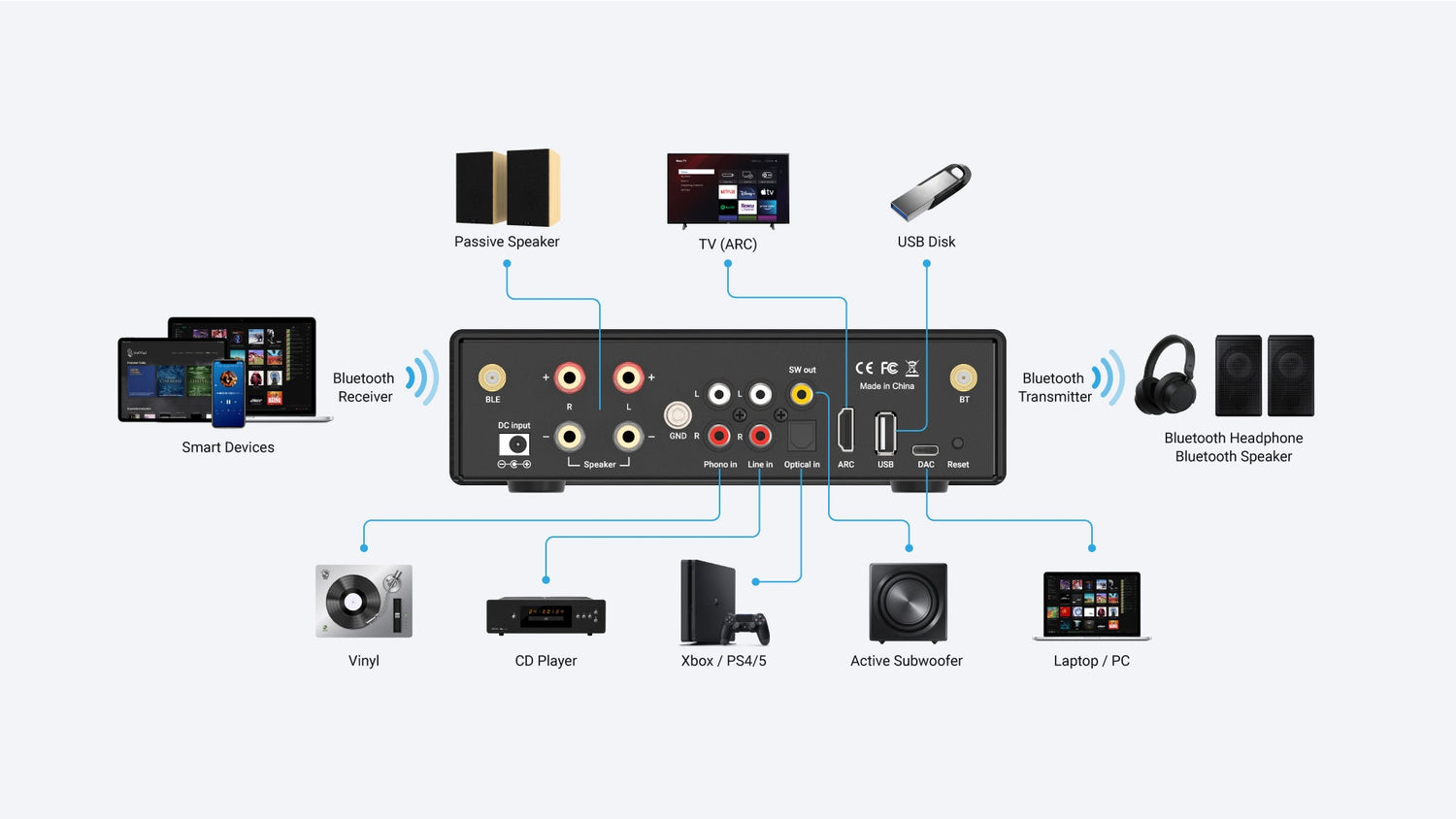

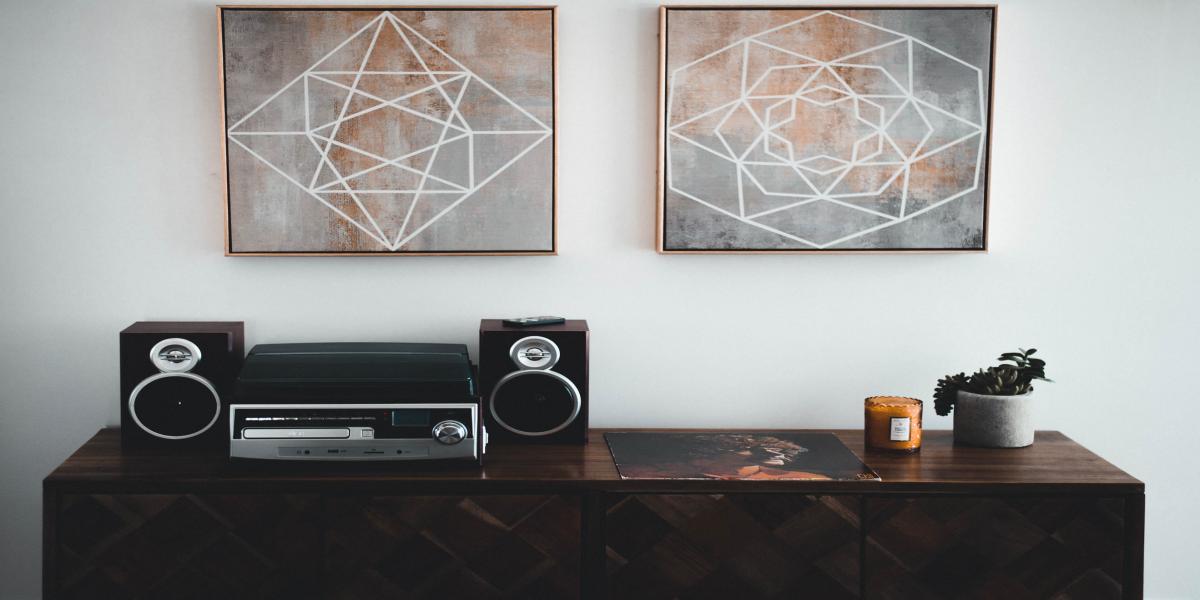
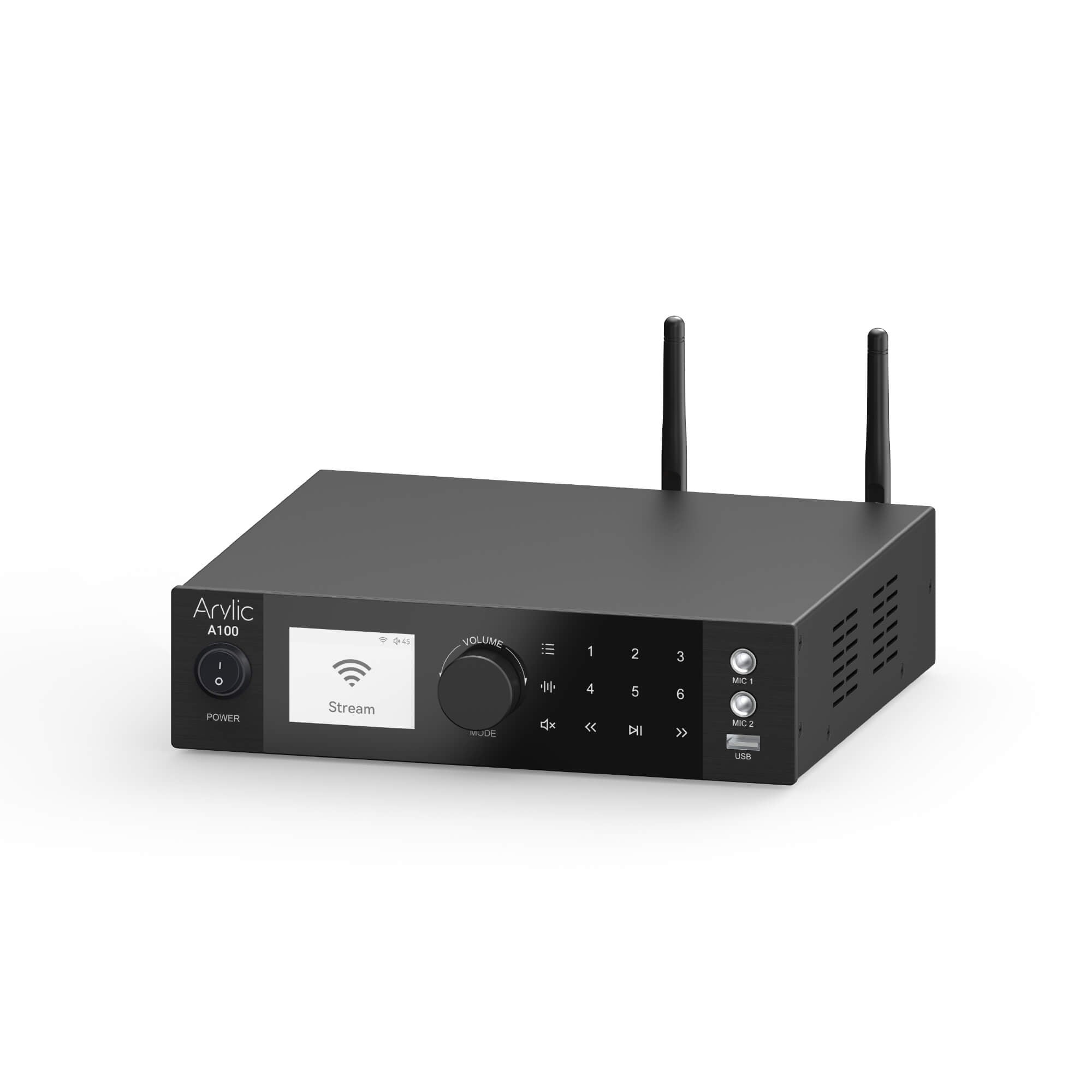
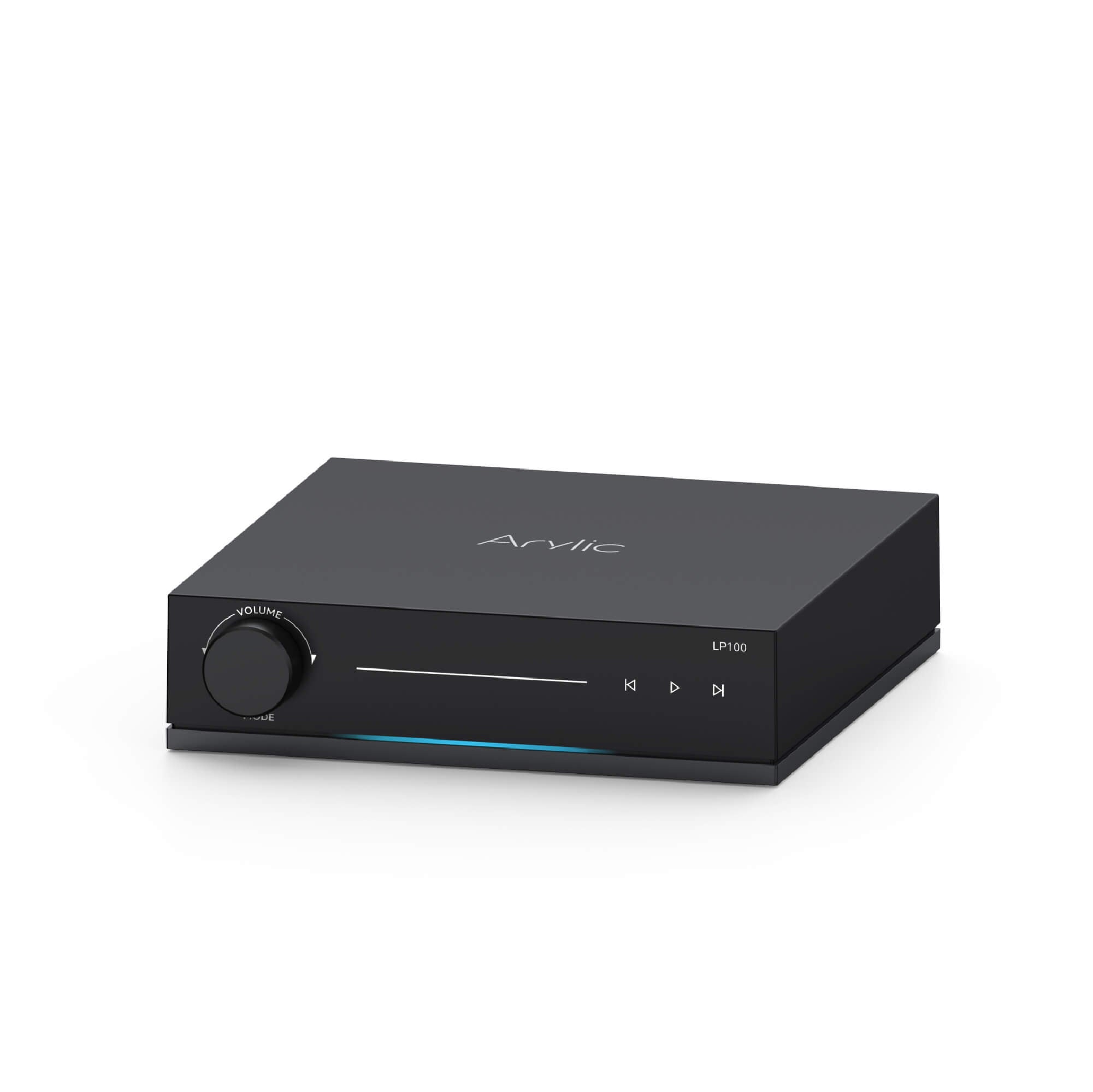
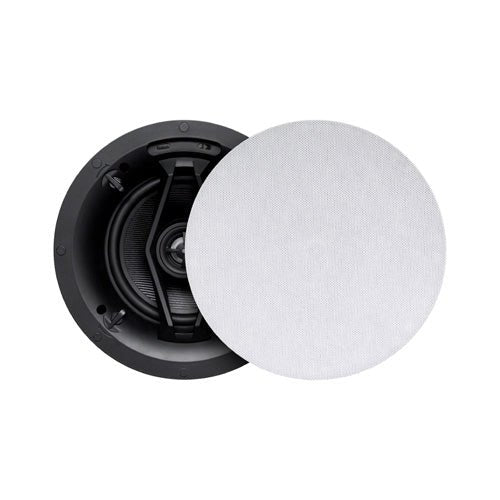
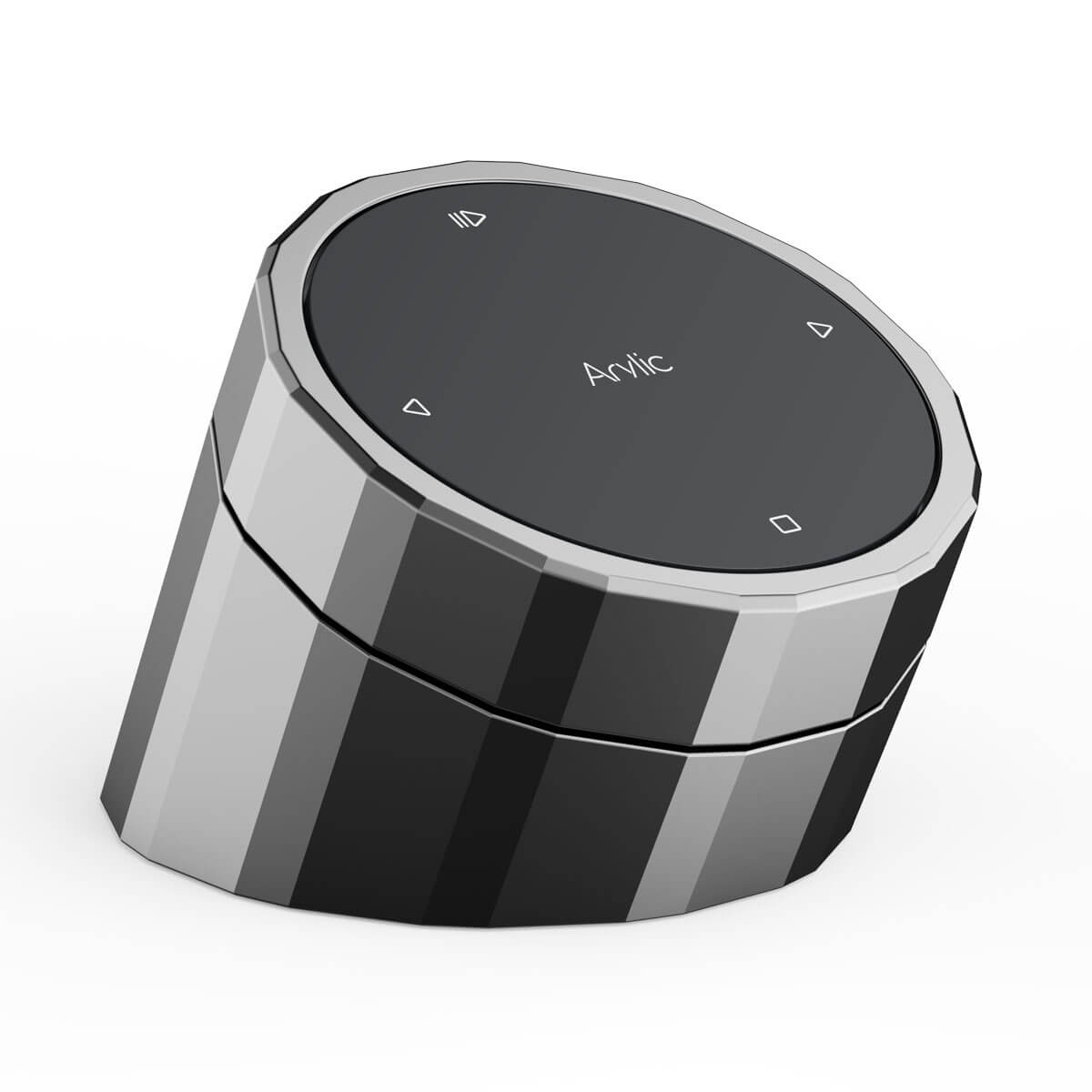
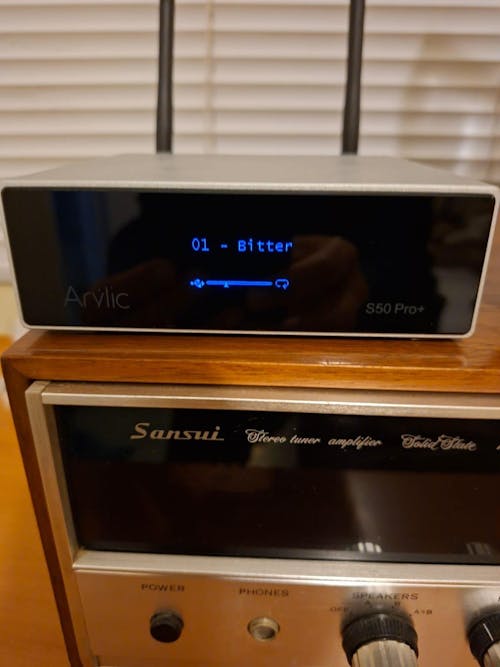
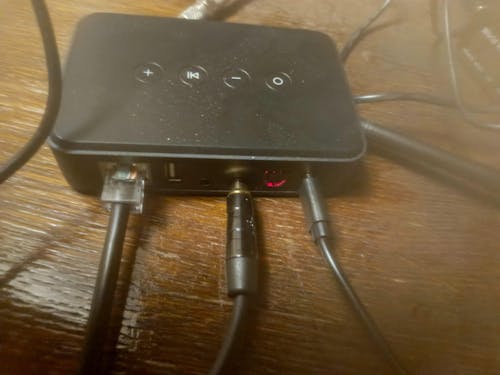
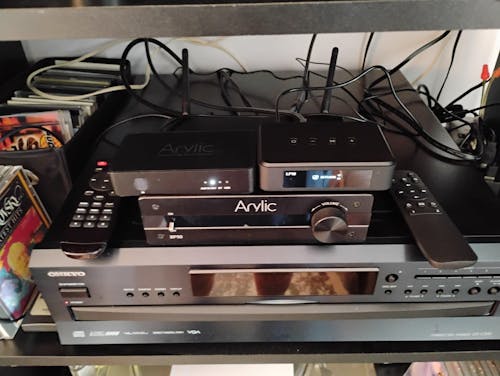
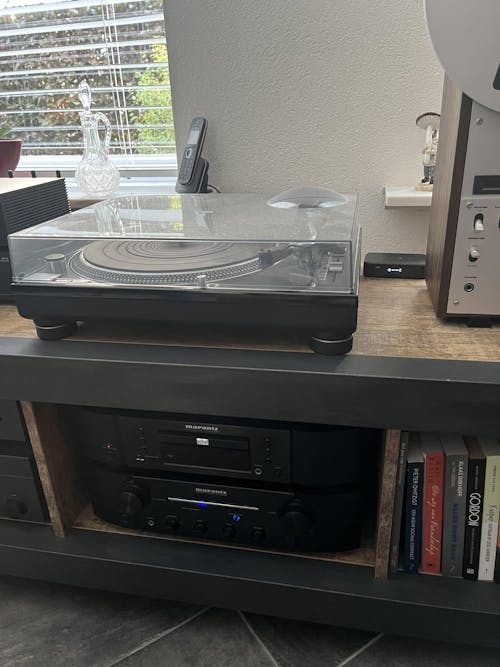
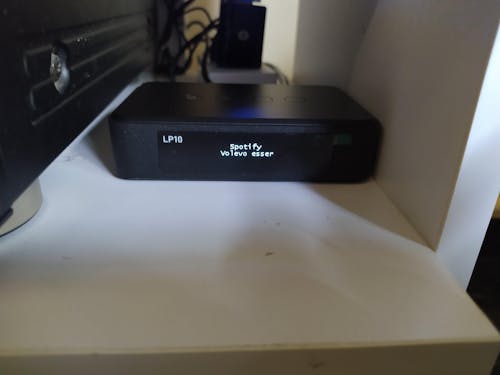
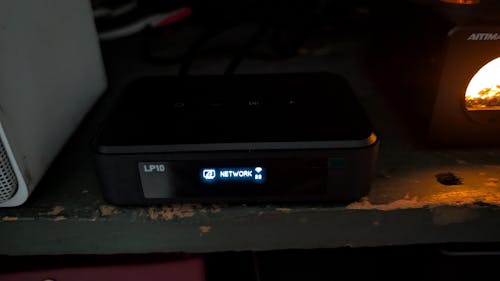
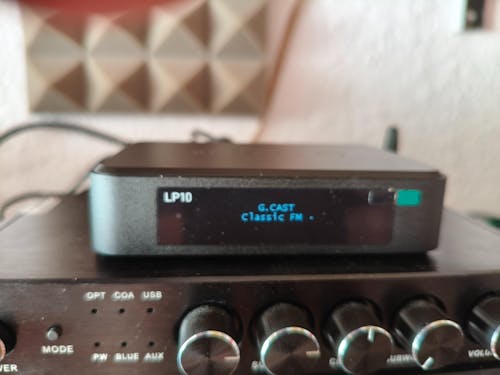


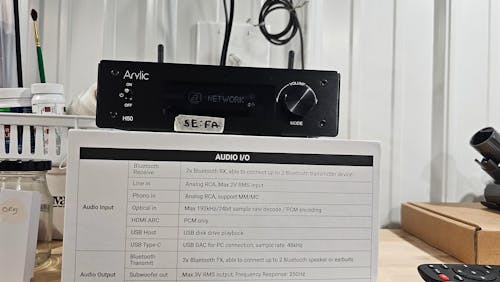
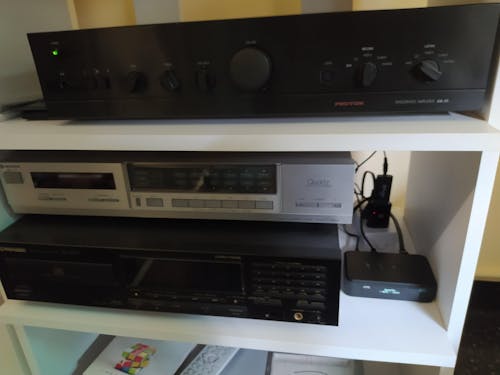
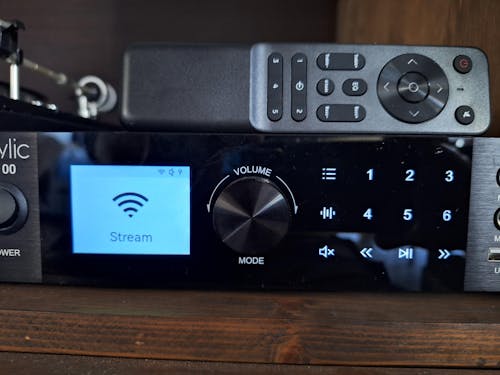
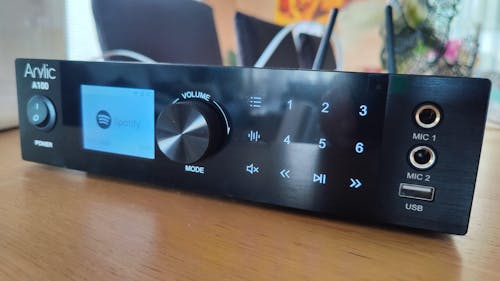

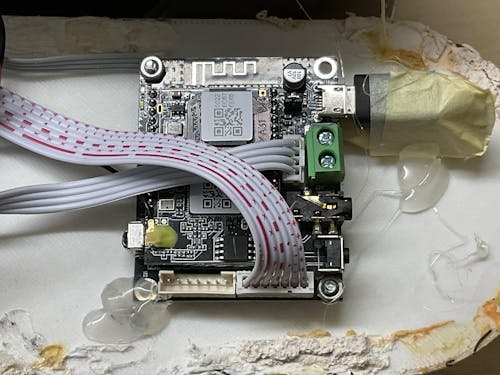
2 comments
Arylic
This is a great idea, we will have higher spec wireless stereo amplifier with rich interfaces released in Q2.
You can look forward to it:)
vincent
Hi,
I would love to see a phono input on the A30+ or A50+ amps, just like the one you have on the B50 Bluetooth. Do you intend to add the feature?
Leave a comment
All comments are moderated before being published.
This site is protected by hCaptcha and the hCaptcha Privacy Policy and Terms of Service apply.